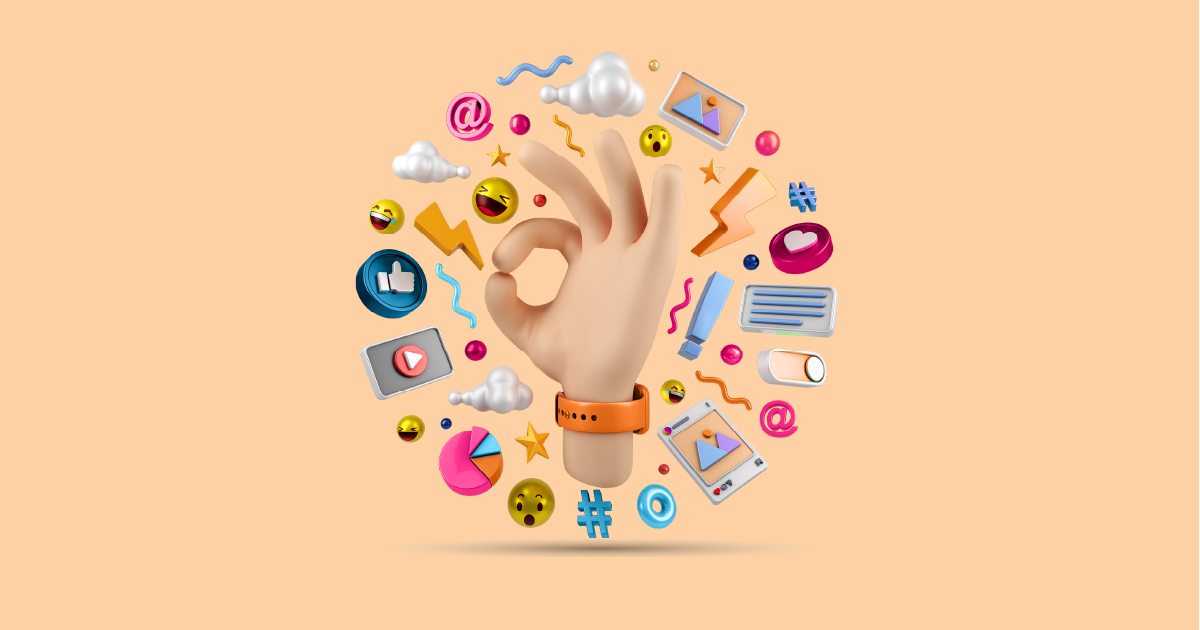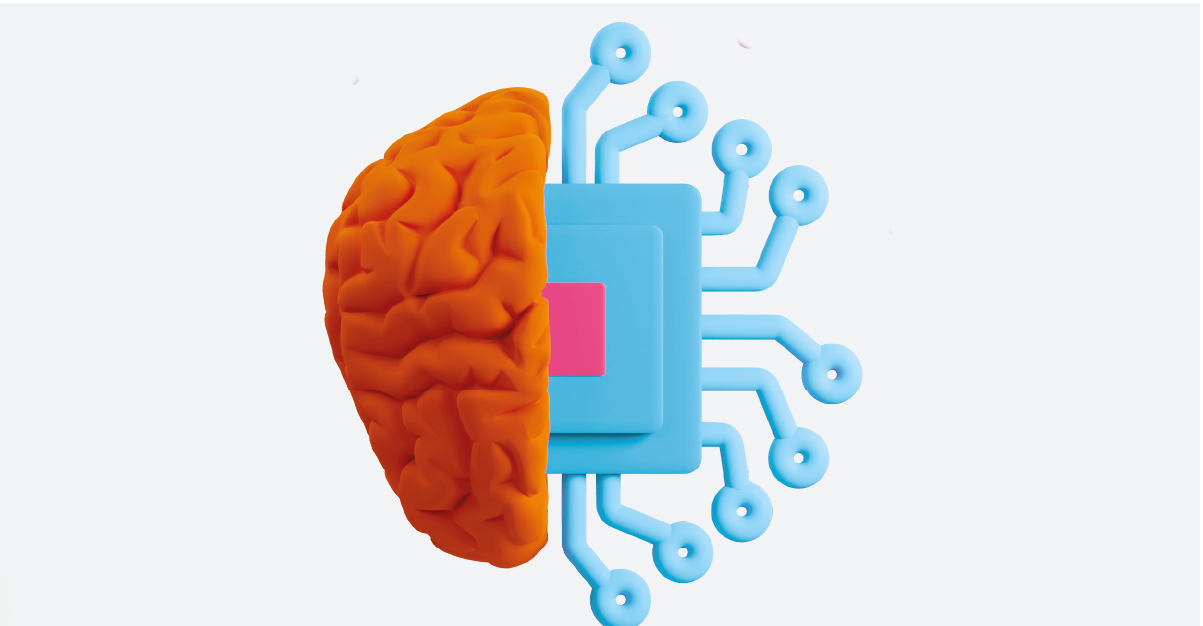In a world marked by rapid changes and constant evolution, staying ahead of the curve is more critical than ever. Businesses, big and small, are turning to trend forecasting as a strategic tool to anticipate shifts in consumer behavior and market trends. In this article, we delve into the intricacies of trend forecasting, exploring its importance, key components, technological advancements, real-life success stories, and the future landscape.
The Importance of Trend Forecasting

1. Staying Ahead of the Curve
Trend forecasting serves as a crystal ball for businesses, providing glimpses into what lies ahead. By understanding emerging trends, companies can proactively adapt their strategies, ensuring they are well-prepared for the future.
2. Business Strategy Enhancement
The insights derived from trend forecasting empower businesses to fine-tune their strategies. From product development to marketing campaigns, aligning with the current and future trends enhances the overall efficacy of business plans.
Key Components of Trend Forecasting
1. Data Analysis
At the heart of trend forecasting lies data analysis. Examining patterns, market trends, and consumer behavior data enables forecasters to make informed predictions about future shifts.
2. Consumer Behavior Studies
Understanding the psychology and preferences of consumers is pivotal. In-depth studies of consumer behavior contribute valuable insights that form the foundation of trend forecasting.
Technology’s Role in Trend Forecasting
1. Artificial Intelligence
The integration of artificial intelligence (AI) has revolutionized trend forecasting. AI algorithms can process vast amounts of data at unprecedented speeds, providing more accurate and timely predictions.
2. Big Data Analytics
Big data analytics complements AI by handling the massive datasets required for trend analysis. The synergy between AI and big data enhances the precision of forecasting models.
Industries Harnessing Trend Forecasting
1. Fashion
The fashion industry is notorious for its fast-paced nature. Trend forecasting allows fashion brands to anticipate styles and preferences, reducing the risk of producing outdated products.
2. Technology
Tech companies leverage trend forecasting to anticipate shifts in consumer needs and preferences. This foresight is invaluable in guiding the development of new technologies and services.
3. Marketing
In the realm of marketing, trend forecasting shapes advertising strategies and content creation. Staying relevant to current trends ensures that marketing efforts resonate with the target audience.
Challenges
1. Unpredictable Variables
Despite advanced technologies, certain variables remain unpredictable. External factors, such as geopolitical events, can disrupt trends and pose challenges for accurate forecasting.
2. Overreliance on Data
While data is a powerful tool, overreliance on it can lead to tunnel vision. Trend forecasters must strike a balance, incorporating both data-driven insights and qualitative analysis.
Strategies for Effective Trend Forecasting
1. Cross-Industry Analysis
Drawing insights from diverse industries provides a broader perspective. Cross-industry analysis helps identify trends that may transcend specific sectors.
2. Collaborative Platforms
Creating collaborative platforms where experts from various fields share insights fosters a more holistic approach to trend prediction. Collective intelligence often outperforms individual efforts.
Real-Life Success Stories
1. Apple Inc.
Apple’s success is, in part, attributed to its ability to foresee consumer needs. The launch of groundbreaking products aligns with trend forecasts, establishing Apple as a trendsetter.
2. Zara
Zara’s fast-fashion model is underpinned by efficient trend prediction. The brand rapidly adapts its collections to align with the latest fashion trends, captivating consumers with timely offerings.
Future Trends
1. Emerging Technologies
As technology evolves, so does trend prediction. Emerging technologies like virtual reality and augmented reality are poised to redefine how trends are identified and incorporated.
2. Globalization’s Impact
Globalization introduces a myriad of cultural influences. Trend forecasters must consider the interconnectedness of markets and the impact of global trends on local preferences.
Integrating Trend Forecasting into Your Business
1. Small Business Applications
Even small businesses can benefit from trend prediction. By focusing on niche markets and staying attuned to customer preferences, smaller enterprises can adapt swiftly to emerging trends.
2. Scaling for Large Enterprises
For larger enterprises, integrating trend prediction into various departments is essential. From R&D to marketing, a cohesive approach ensures the entire business is aligned with prevailing trends.
Case Study: Netflix’s Content Strategy
Netflix’s success in content creation is a testament to effective trend prediction. By analyzing viewer preferences and global content trends, Netflix consistently produces content that resonates with diverse audiences.
The Human Element in Trend Forecasting
1. Intuition vs. Data
While technology plays a crucial role, human intuition remains invaluable. The ability to interpret cultural nuances and foresee shifts based on experience adds a human touch to trend prediction.
2. Building Expert Teams
Forming teams of experts with diverse backgrounds enhances the depth of trend analysis. Combining data-driven insights with human expertise creates a robust forecasting strategy.
Leveraging Trend Forecasting for Marketing
1. Content Creation
In the realm of marketing, trend prediction guides content creation. Aligning marketing materials with current trends ensures content resonates with the target audience.
2. Social Media Strategies
Social media is a powerful platform influenced by trends. Trend forecasting aids in shaping effective social media strategies that capture the attention of users.
The Ethical Considerations
1. Data Privacy
As trend prediction relies on data, ensuring the ethical use of personal information is paramount. Businesses must prioritize data privacy to maintain trust with consumers.
2. Cultural Sensitivity
Global trends often intersect with diverse cultures. Trend forecasters must navigate cultural sensitivity, ensuring that trends are embraced respectfully and without appropriation.
Conclusion
In a dynamic world, trend forecasting emerges as a guiding light for businesses navigating the unpredictable currents of consumer preferences and market dynamics. Embracing technology, fostering collaboration, and balancing data-driven insights with human intuition form the foundation of effective trend forecasting. As we step into the future, businesses that master the art of anticipating trends will thrive in the ever-evolving landscape.
Are you ready to elevate your business with trend forecasting? Request a demo from AIM Technologies today and unlock the power of predictive insights!
FAQs
Is trend prediction only relevant to large businesses?
- No, even small businesses can benefit from trend prediction by focusing on niche markets and staying attuned to customer preferences.
How does artificial intelligence contribute to trend prediction?
- Artificial intelligence processes vast amounts of data, providing more accurate and timely predictions for trend forecasting.
Are there any ethical considerations in trend prediction?
- Yes, ethical considerations include ensuring data privacy and navigating cultural sensitivity when dealing with global trends.
How does trend prediction impact marketing strategies?
- Trend prediction guides marketing strategies by influencing content creation and shaping effective social media campaigns.
Can trend prediction be 100% accurate?
- While trend prediction enhances predictive abilities, unforeseeable variables can impact accuracy, making 100% accuracy challenging.




